The Sidereal Zodiac in astrology, its strengths and weaknesses
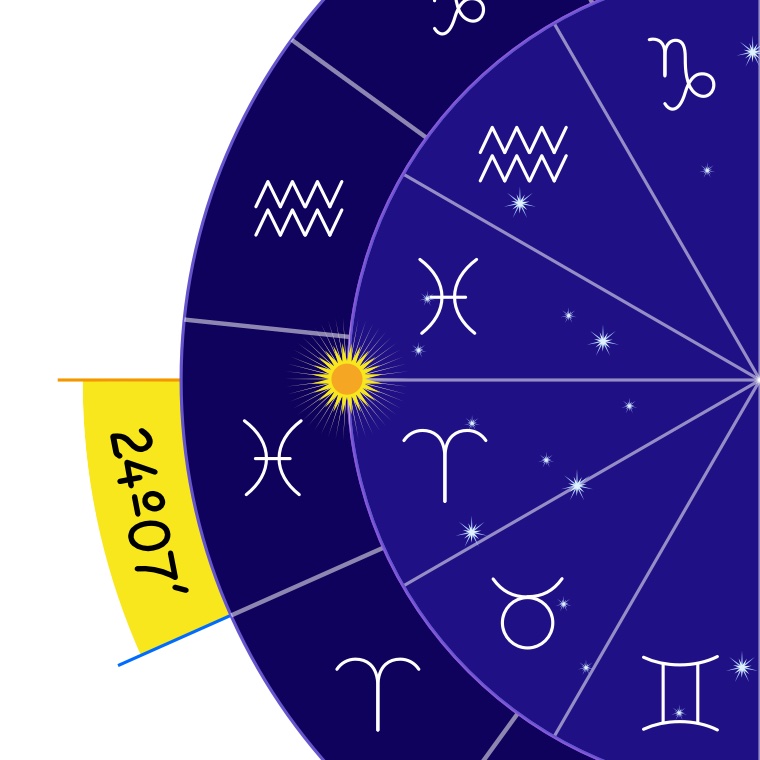
The Sidereal Zodiac model is one of the two fundamental astrological systems that divide the celestial sphere into twelve segments, or astrological signs. What are the strengths and weaknesses of the Sidereal Zodiac and when does it make sense to use the sidereal model instead of the tropical one?
The Sidereal Zodiac model is one of the two fundamental astrological systems that divide the celestial sphere into twelve segments, or astrological signs. What are the strengths and weaknesses of the Sidereal Zodiac and when does it make sense to use the sidereal model instead of the Tropical Zodiac?
There are two Zodiac systems that correspond to the two schools of astrology — tropical and sidereal.
In both cases the Zodiac wheel is comprised from the same sequence of the twelve signs. The major difference between tropical and sidereal Zodiac is in where those signs are located in the sky.
That should certainly raise one’s brow: how can we meaningfully talk about having same zodiacal signs in different locations, it doesn’t make any sense!
Arguments both in favour and against the sidereal Zodiac has been going on pretty much since the two systems separated from each other about the year of 285 AD — that’s according to the “Lahiri ayanamsa” model which will be described further down.
In this story we are going to explore the origins of the Zodiac and will attempt to answer the question of why sidereal Zodiac is still relevant and when it is a good idea to use it.
A short disclaimer: The goal of this exploration is to outline a broad approach that led to establishing the Zodiac as we know it today. This story will not attempt to be precisely historically correct, the focus will be purely on storytelling and the imaginary faculty of the reader. So let’s begin imagining…
What is the Zodiac?
Simply put the Zodiac is the area of the sky surrounding the path that the Sun travels along throughout the year. To be more precise, the Sun doesn’t move at all, it’s the Earth that travels around the Sun in the plane called “the ecliptic plane”. But for an observer located on the planet Earth the Sun appears to be moving through the field of fixed stars.
The illustration below shows the Earth (green) moving counterclockwise in its orbit around the Sun. From the Earth’s standpoint the Sun is moving clockwise in relationships to the stars.
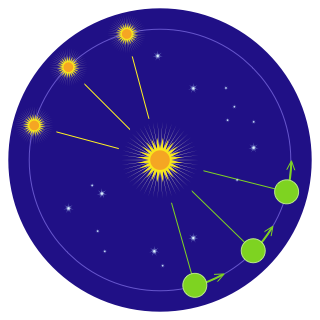
The ecliptic plane is actually the plane where all of the major planets travel, thus making the Solar System more akin to a disc than to a sphere.
Having all major planets concentrated in it, the ecliptic plane is the area of sky imbued with immense astral potential, it’s the “main street” of the Solar city. The power and the influence of the Sun is projected along the path of the ecliptic.
The ancient observers noticed that different areas of the starry sky have different qualities and modify the influence of planets travelling through them. The ancients had an inspiration to divide the ecliptic into twelve parts, and if you’re interested why the twelve-fold division actually makes sense, read the story about the planetary hours.
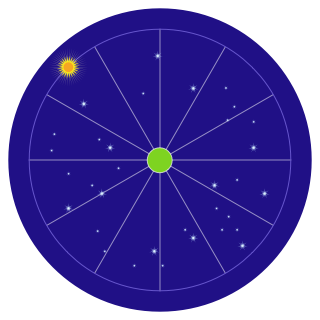
The parts were chosen in such a way that they coincided with certain asterisms, or simply put groups of stars, that visually and experientially formed a constellation with a certain degree of uniformity.
As nothing really exists in the human consciousness until it’s been given a name, the twelve parts were assigned the names of Aries, Taurus, Gemini, Cancer, Leo, Virgo, Libra, Scorpio, Sagittarius, Capricorn, Aquarius and Pisces.
As you can see the constellations are mostly of animal nature with some exceptions: Gemini are the twin brothers, Virgo being a maiden, Libra is a weighing scales, Aquarius is a water bearer. It makes for an interesting observation that each of group of three signs has one element of a non-animal nature.
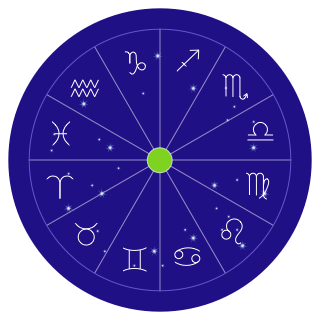
The totality of the twelve constellations was called the Zodiac. The word “zodiac” originates from the Ancient Greek zōidiakòs kýklos (ζῳδιακός κύκλος) meaning “cycle or circle of little animals”.
The zero point of the Zodiac
The Zodiacal circle of the ecliptic had one problem common to all circles: it had no beginning and no end. Circle is a beautiful symbol of the infinity, and if you’re interested to learn more about the symbolism of the snake eating its tail and how to locate the Zodiac in your own body, read “The signs of the Zodiac in the human body”.
Finding a zero point on the circle is another great invention of the ancient observers and we can only admire them for being able to come up with a such sophisticated model having none of modern tools we currently have available.
The zero point of the Zodiac represent the moment of equilibrium between day and night, that brief moment when the duration of the day equals the duration of the night. This moment has been called an “equinox” meaning that the day is “equal to night”.
Geometrically speaking, the equinox is the point of intersection between the ecliptic and the celestial equator. The celestial equator in simply the Earth’s equator projected outwards into the sky. And since the Earth axial spin is tilted at about 23.4° in relationship to the ecliptic, the inhabitants of the Earth get some nice benefits:
- we have seasons that make sure our life is never boring
- duration of day and night is continually changing
The illustration below superimposes the geometrical and zodiacal view of the celestial sphere.
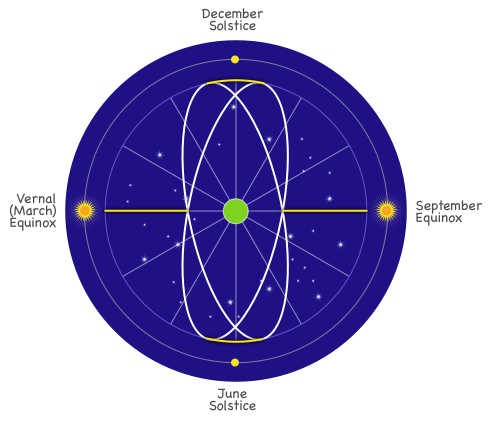
As one can notice there are two intersections between the ecliptic and the celestial equator marking the two equinoxes when day and night have equal length. And the two points of maximum separation marking the two solstices when either day or night reach their maximum duration.
The vernal Equinox as the origin of the Tropical Zodiac
The moment of the equinox has a powerful metaphysical meaning: it is the moment of the ultimate balance between day and night, light and darkness.
Balance brings unity, unity brings infinity and the infinity is the origin of everything. Hence the Equinox became the origin of an annual cycle, an astronomical and astrological year.
If you’re curious about the day and night dialectic read “Day and Night in the Western astrological chart”.
There are two equinoxes in each year, the March (or vernal) Equinox and the September Equinox. The vernal Equinox — that happens about the 20th of March each year — marks the zero point when the Sun moves from the sign of Pisces into the sign of Aries. The September Equinox is the “smaller brother” and happens every 22nd or 23rd of September.
For some deeper insights into the astrological meaning of Equinoxes and Solstices read our next story “Equinox, Solstice and universal consciousness”.
The star Spica and the origin of the Sidereal Zodiac
Visually that meant that the Sun was at the boundary between the constellations of Pisces and Aries.
But… there was a problem as it’s not possible to see the Sun and the stars at the same time. The solution was to have a star that is opposite and thus visible at night. That very important star is known as Spica, a brilliant cool blue star that lies close to the boundary between the signs of Virgo and Libra.
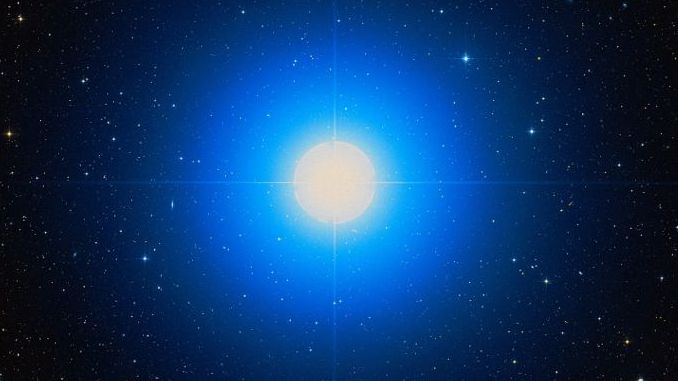
Spica is one of the 15 Behenian “root” stars especially suitable for magical applications. It is of nature of Venus & Mercury. Gemstone: emerald, Plant: sage.
One of few possible ways to specify the zero point of the sidereal Zodiac is to use the point 180º opposite to the star Spica location at the year of 285 AD. This method was suggested by a few Indian researchers and became what is now called the “Lahiri ayanamsa” — perhaps the most widely used approach to define the zero point of the sidereal Zodiac.
Simply put, ayanamsa is the current angular difference between the tropical and sidereal Zodiac systems. Sanskrit word ayanāṃśa is made of words ayana “movement” and aṃśa “component”.
Why the Sidereal Zodiac is called so?
The word sidereal originates from the Latin word “sidus” that means “star”. So the sidereal Zodiac is the twelve-fold division of the sky that is based on the location of the stars.
An interesting observation: the sidereal Zodiac is actually perfectly visible as it is formed by the constellations along the ecliptic. On the other hand, the tropical Zodiac is invisible, all we can tell is that there’s a mathematically defined point on the ecliptic that marks the zero point, that’s all.
It could be said that the sidereal branch of astrology “navigates” by the stars while the tropical school uses the seasons of the planet Earth.
When both Sidereal and Tropical Zodiacs were the same
There was a time when both sidereal and tropical Zodiacs were more or less aligned — the constellations and the corresponding seasonal sectors pretty much overlapped.
According to the mathematics of Lahiri ayanamsa both sidereal and tropical Zodiacs perfectly matched each other around 285 AD.
But the stars are never still, they constantly move albeit very slowly. To make things even more complex, the north pole of the Earth actually wobbles over time altering the its location on the celestial sphere.
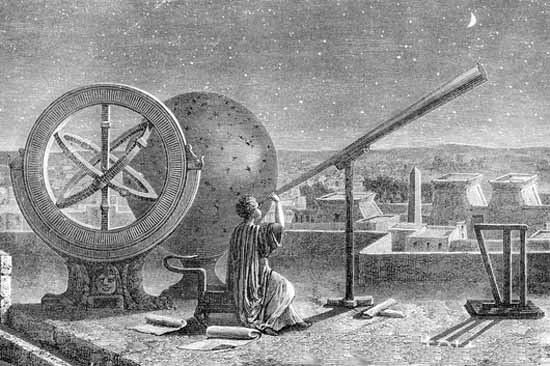
The effect of the polar wobble of the Earth is called “the precession of equinoxes”. Each equinox moves by a small amount resulting in a constant drift of the zero point of the tropical Zodiac relative to the stars.
The rate of precession is about 1º per each 72 years. Given that the average span of human life is about the same, one may observe that the stars will change their position by approximately 1º over one’s lifetime period.
The precession of equinoxes effectively separated the tropical Zodiac from its initial sidereal alignment. Again, this difference is called ayanamsa and its current value using the Lahiri ayanamsa is 24º07’ as of March 2019.
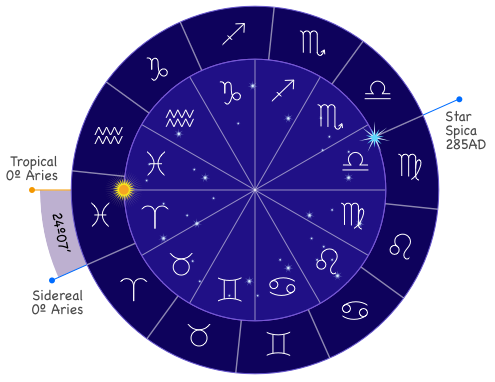
The illustration above shows the two Zodiacs, tropical and sidereal, side by side. The tropical Zodiac begins its 0º Aries countdown when the Sun is at the moment of the vernal Equinox. The sidereal Zodiac is built upon 0º Aries being opposite to the position of the star Spica at the year of 285 AD (Lahiri ayanamsa method) and is currently nearly one sign away from its initial tropical alignment.
Is the Sidereal Zodiac is still relevant?
The stars are still there and they are mighty astral powerhouses that project forces and bring some significant changes to our lives.
When combined into a constellation, the influence of the stars gains an additional dimension. One can easily notice just by looking at the night sky that each constellation has its own flavour, that’s a very unmistakable feeling experiences by all ancient astrologers.
We will be using the term “fixed stars” as the historical astrological term meaning the stars that don’t move as opposed to the “wandering stars” or simply planets, as described by the ancient astronomers and astrologers.
Every planet receives an additional modifying influence to its core qualities as it moves through the sequence of constellations.
By the way, the same logic applies to the planet moving through the seasonal sectors of the tropical Zodiac. In essence, this makes a rather complex fluid cocktail of energies — listed in the order of decreasing strength:
- the planet’s own qualities (the strongest)
- the force of aspects that the planet makes with other planets
- the force of the tropical sign of Zodiac influence (earth bound)
- the force of the sidereal sign of Zodiac influence (star bound)
An expert astrologer is usually able to embrace this complexity and knows how to extract the meaning from a seemingly overwhelming layers of information. This skill, or rather a serious degree of vision, comes with the years of hands-on practice interpreting charts and world events that enables the astrologer to discern more nuanced undertones otherwise not noticed by beginners.
Strengths and weaknesses of the Sidereal Zodiac
The separation of the tropical and sidereal Zodiacs could be interpreted as a metaphor of the humanity becoming more grounded on the planet Earth. A simple observation is that we don’t live by the stars as much as we live by the seasons.
The sidereal Zodiac has a peculiar duality that it is both of the distant past and of the distant future.
The Hindu (vedic) astrology is often perceived to be more precise in part due to their usage of the fixed stars. That is not necessarily the case as the vedic astrology is heavily tilted towards prediction and direction modalities in the context of “do this, don’t do that” that inevitably introduces the need to produce a certain volume of predictions that aren’t necessarily more precise. That could be more of a cultural and historical phenomenon as the roots of the Indian society go deep into the past where “being told what to do” was the only unquestionable norm of behaviour.
The Western culture and the Western astrology has moved away from the strict canon of “the gods will decide what’s best for you”. The focus of the astrological readings shifted towards the transformational interpretation and the attitude of “working on oneself”, meaning gradually and steadily improving our individual position in the world through the use of personal judgement and free will as the main “navigational tools” for making choices in life. At the end of the day, many of us have been brought up with the idea that the active choices we make today will change our individual destinies in much more reliable ways than any other external force could do.
Surely, one must not discard the sidereal Zodiac model. It is still a valid division of the ecliptic. What required is the sense of discernment. Carefully analyse the planetary alignments with the fixed stars to find what stellar energies may have a strong influence. Remember that the fixed stars influence is very punctual. In your daily astrological observations seek to verify the connections between the fixed star influence and other astrological factors like aspects and transits.
To sum it up, the strengths of the sidereal Zodiac:
- based on the geometry of point-like sources of astral energies
- each fixed star has its own unique energy
- the constellations are visible and have unmistakable astral flavour and influence
The weaknesses of the sidereal Zodiac:
- much more remote compared to the tropical Zodiac
- the fixed stars aren’t that fixed and slowly move with time
- the influence of fixed stars is extremely punctual and doesn’t always validate
- numerous versions of the sidereal Zodiac model compared to one firmly defined tropical Zodiac model
The future of the Sidereal Zodiac
Our prediction is that the influence of the fixed stars will be rediscovered once the humanity sets their foot into space and begins to colonise the Solar System. That will be the moment when the tropical Zodiac will become the principle of the past, and completely new forms of astrology will emerge — they will be based on the mathematics of the stars and the planets.
There is always more about the fixed stars of the Zodiac
To summarise it all, the sidereal Zodiac and the fixed stars is where we started and where will possibly return in the future. At the current stage, the sidereal Zodiac makes perfect sense when there are some strong alignments between the planets and the fixed stars. The tropical Zodiac is “closer to the Earth” and thus produces a more immediate influence compared to the sidereal Zodiac.
The fixed stars is a fascinating topic and the story about the influence and astrological interpretation of the fixed stars is certainly coming soon, stay tuned!
The fixed stars is a fascinating topic and more stories about the influence and astrological interpretation of the fixed stars are certainly coming soon, stay tuned!
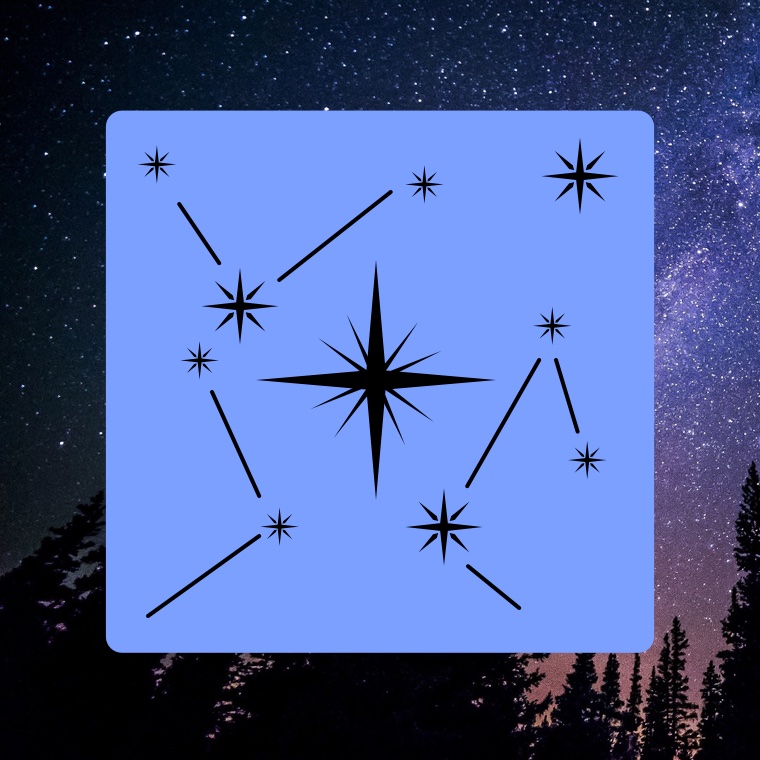
Introducing Time Nomad add-on: Fixed stars
The Fixed Stars add-on for Time Nomad astrology app allows for further exploration of fixed stars, including their aspects to planets, parallels and rise, transit and culmination for any chart.
13 Comments
Terry MacKinnell
Excellent presentation on the differences between the two zodiacs. There is another side of the sidereal zodiac that I have discovered, that in ancient times, prior to horoscopic astrology, that the zodiacal constellations were not calibrated directly, such as the Sun sitting on the border of sidereal Aries and Pisces at the Vernal Equinox which you refer to as not being possible to see, but that the constellations were viewed from their helical rising position which shifts their location approximately half a sign - see “An Age Old Mistake That Still Haunts Astrologers” @ https://macroastro.wordpress.com/2016/03/14/an-age-old-mistake/
Time Nomad
Good point, thank you for the explanation. To sum it up: the vernal Equinox day was decided by the star rising above the horizon just before the sunrise thus allowing for visual observation of the morning of the day of the vernal Equinox — albeit introducing the shift of the Zodiac sign boundaries.
Terry MacKinnell
Yes, and the position of the star has to be about 15 degrees ahead of the Sun, because any less than 15 degrees, the sky has already turned blue enough to not be be able to see the star. In ancient times according to numerous sources, this was the calibration method.
Mizrahi
I’m patiently awaiting the integration of fixed stars in this app
Time Nomad
The fixed stars are coming, almost there!
Mizrahi
I’ve purchased…thank you!!
Rina Bambina
Awesome well presented easily understood. Intriguing! Thank u !
A.R. Iverson
I’m suspicious of the interpretation you have between India and the West, where Sidereal is “gods telling you what to do” and Tropical as “free will” because of how much of Western culture is Christian indoctrination that’s still today causing widespread destruction, with a very blood-soaked history of butchering all other cultures it comes across and extensively demonizing them. In fact, I think it would be reversed: Tropical is static, unmoving and disconnected from Reality, from what is actually Material (and quite literally “stuck in the Past” and western science actively discredits Astrology rather than incorporating time-tested traditions that have been around for waaaaay longer), and Sidereal is moving, changing and in alignment to the actual positions of the Celestial Bodies. Earth is part of a community, you cant say that Tropical is “closer” to Earth when the very tilt that gives us seasons also changes. Seasons in this context are exclusive to Earth, the Stars are not bound by its rules.
Plus, I’m suspicious of you for framing colonizing space as any kind of good thing when in our actual real life, it is a very bad thing and is actually in the process of killing all of us.
Time Nomad
The Christian/Western problem exists due to the fact that so many people equate Christ and Church. Yet they are two very different things vaguely related to each other. Christ can be better understood as Spirit. Church is Religion, meaning a human organisation that follows its own agenda that is loosely based on teachings of Christ. Making this thought even shorter: Spirit and Religion are not the same. Spirit is Absolute and beyond human domain while Religion is more akin to a billionth reflection of Spirit through the system of smoke and mirrors. Religion is a human institution that’s why so many unjust things has happened throughout human history usually justified by referencing God and therefore being righteous. Alas, humanity is very slowly (if at all) learning through its own mistakes, that’s being like this since day one and will continue into foreseeable future.
Space colonisation is certainly a bad and very uncomfortable idea, little doubt about that. But we’re running out of space here on Earth. For example, if you wanted to start a new society following your ideals and you have gathered some people around you, where’d you go? There’s no free unoccupied and uncensored space left on earth. It’s all taken. All existing governments without exception will do their best to smash any alternative society. What a dilemma indeed!
Gio
there is plenty of space right here on earth and we have all that we need. I don’t think you touched too well on A.R’s point of the demonization of other cultures use of astrology, which funny enough is very western of you. I’m new to Astro and really enjoy this app for learning would hate to have it ruined by western bias. Hopefully you have POC and Black people on your team to help with different aspects on all of this.
blueswan
thank you for this. It lends some understanding to the puzzle for me. I am thinking the equinox and solstice points lay the framework for the yearly solar journey. I am a gardener and both the Farmer’s almanac and the planting calendar for biodynamics, uses the sidereal zodiac. Their experiments have shown that it works for plants. So my question is why humans use the tropical (I am definitely an Aries, not a Pisces) for characterological interpretations and plants grow better in a sidereal zodiac.
Time Nomad
Why does the Western astrology predominantly use the tropical zodiac?
One, for historical reasons. The Western zodiac came out of time when both zodiacs were pretty much the same. Two, the equinoxes and solstices provide the basis for the calendar and time measurement. Three, the zodiacs drifted apart very slowly and there wasn’t much difference for a few hundred years to be bothered about. And eventually we’ve figured out that the seasons have their own symbolism and that works with the tropical zodiac.
Why are plants likely to be more receptive to the sidereal zodiac?
In short, a staggering difference in complexity.
Perhaps the answer lies in the difference in life force (prana) and astral bodies of plants and humans. Plants occupy a much more narrow part of spectrum. Meaning they are often specialised, like for example cucumber and watermelon have strong Moon resonance, avocado relates to Venus, etc. Plants are all about growth (life force), thus they strongly depend on what astral energies the Moon picks up as it travels across the starry backdrop. Plants have direct energetic linkages to specific stars.
Humans are way more complex, our astral body represents the whole solar system, as in microcosm reflecting macrocosm. No person can be simplified to one-two planetary energies, there’s always a dynamic interplay between all planets. Perhaps seeing oneself as a spinning solar system could reflect the degree of complexity we have to deal with. Human astral bodies are incredibly complex and so our lives. Can’t say that about plants.
Well Wisher
A very Interesting perspective and insight.
Thank you!